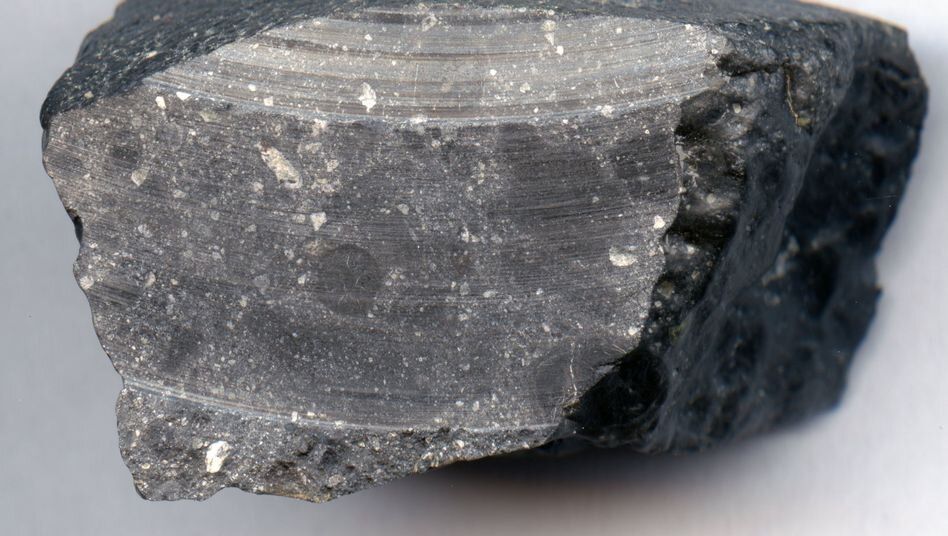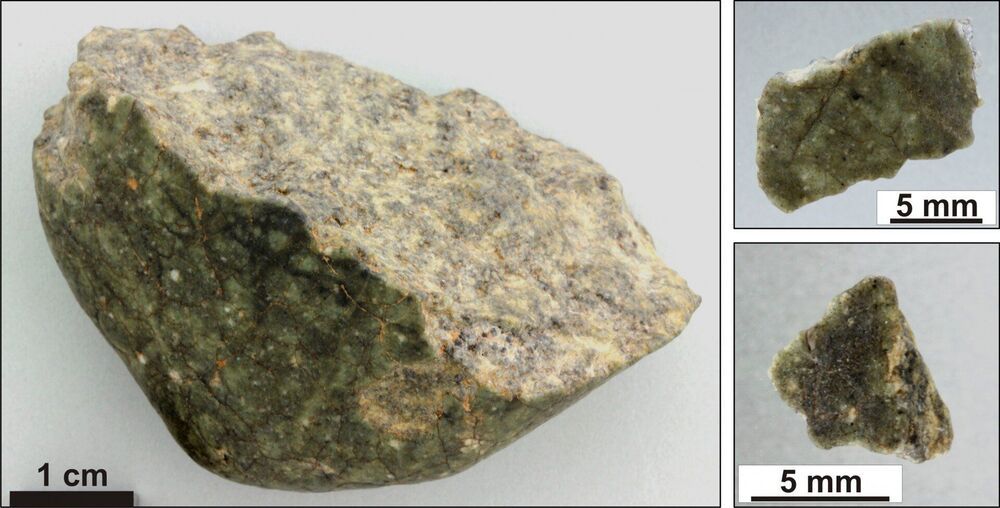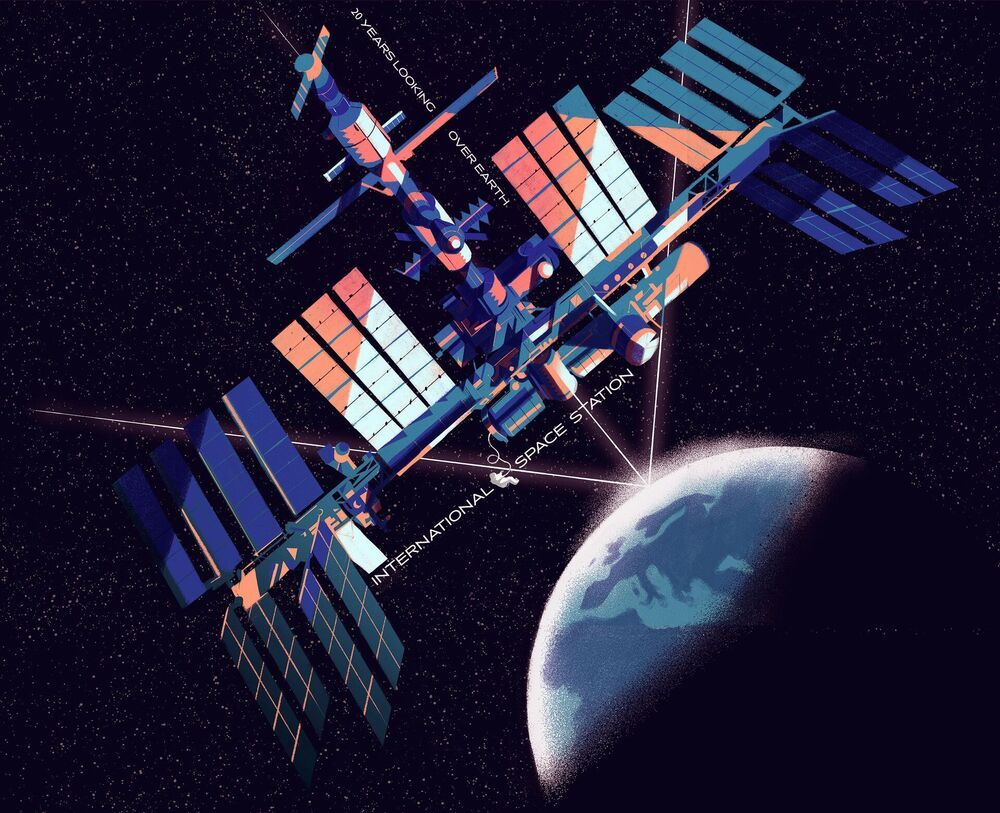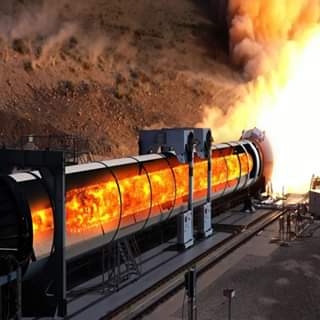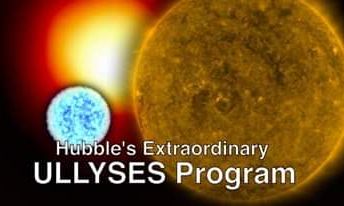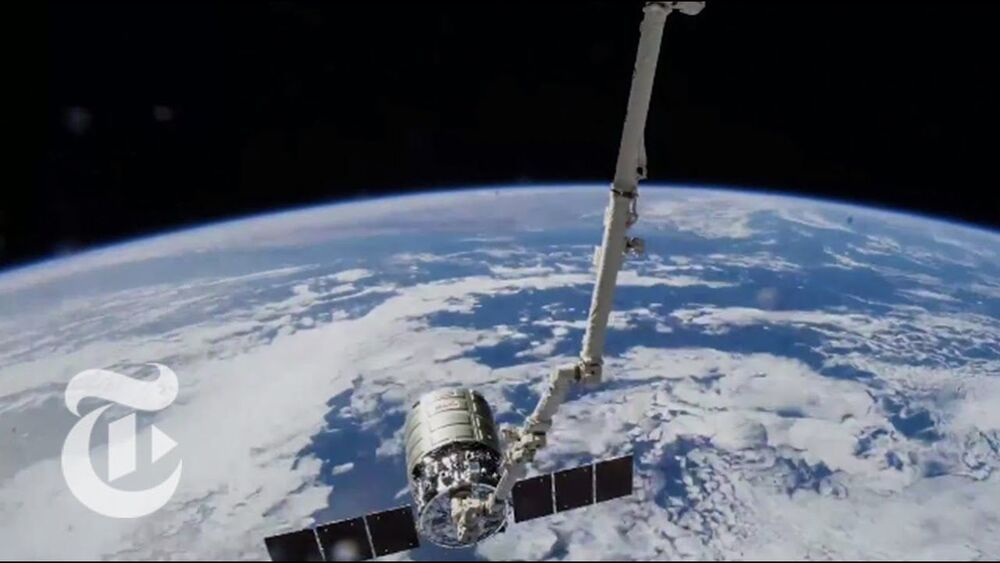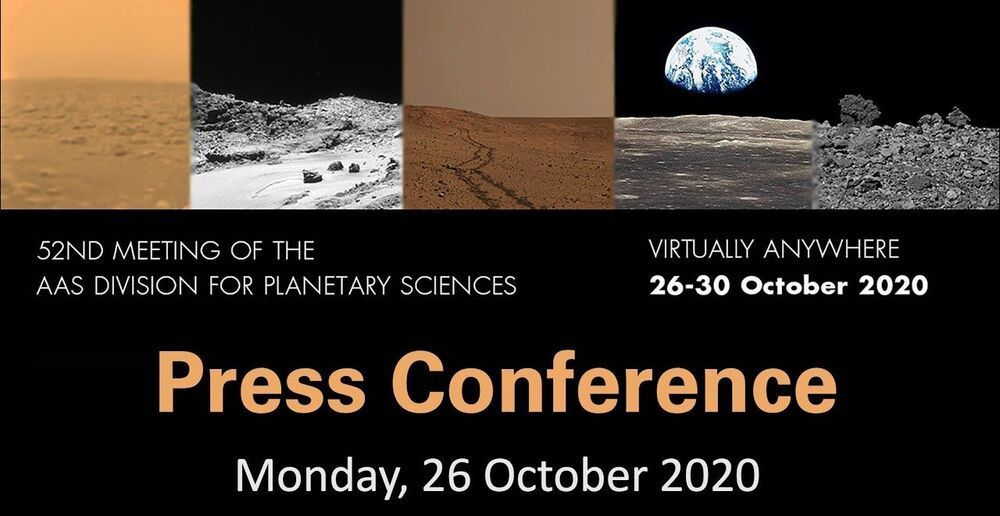Nov 7, 2020
Analysis of a Martian meteorite reveals evidence of water 4.4 billion years ago
Posted by Quinn Sena in category: space
A meteorite that originated on Mars billions of years ago reveals details of ancient impact events on the red planet. Certain minerals from the Martian crust in the meteorite are oxidized, suggesting the presence of water during the impact that created the meteorite. The finding helps to fill some gaps in knowledge about the role of water in planet formation.
There’s a longstanding question in planetary science about the origin of water on Earth, Mars and other large bodies such as the moon. One hypothesis says that it came from asteroids and comets post-formation. But some planetary researchers think that water might just be one of many substances that occur naturally during the formation of planets. A new analysis of an ancient Martian meteorite adds support for this second hypothesis.
Several years ago, a pair of dark meteorites were discovered in the Sahara Desert. They were dubbed NWA 7034 and NWA 7533, where NWA stands for North West Africa and the number is the order in which meteorites are officially approved by the Meteoritical Society, an international planetary science organization. Analysis showed these meteorites are new types of Martian meteorites and are mixtures of different rock fragments.
